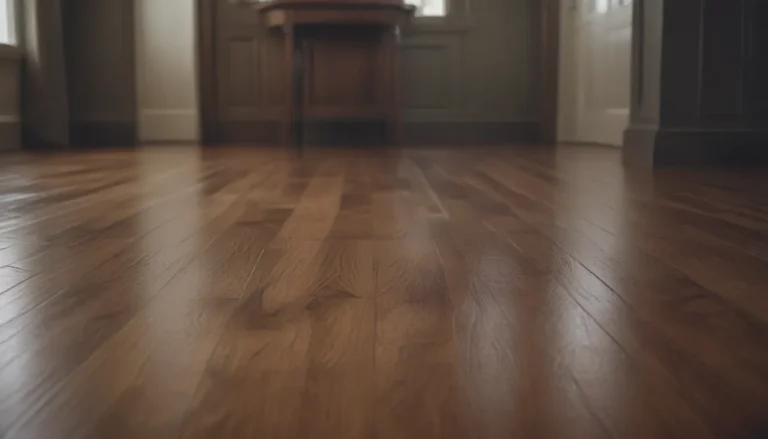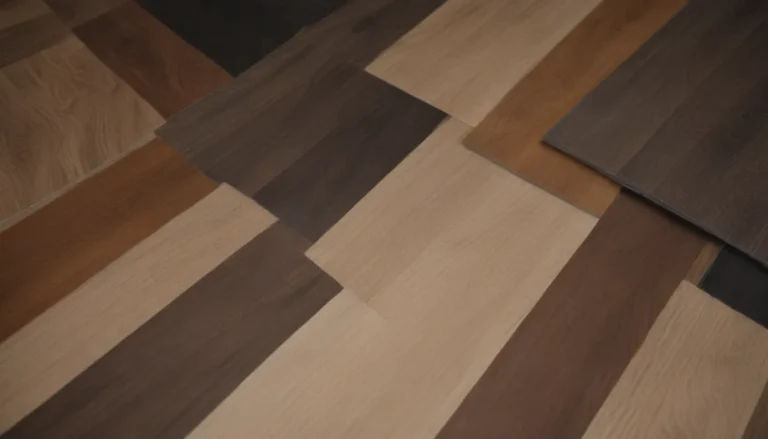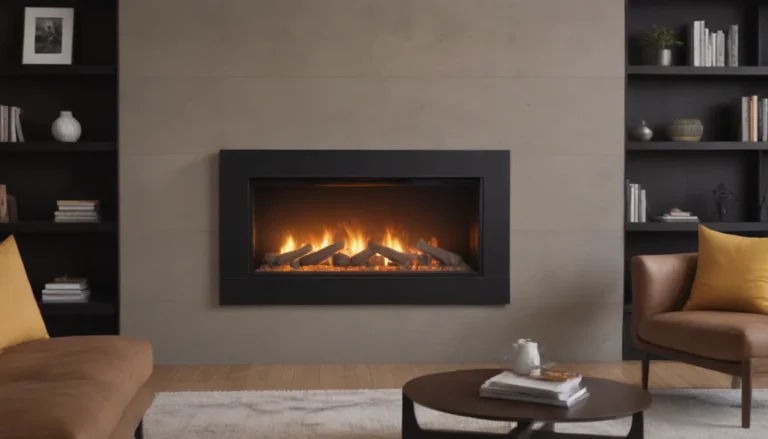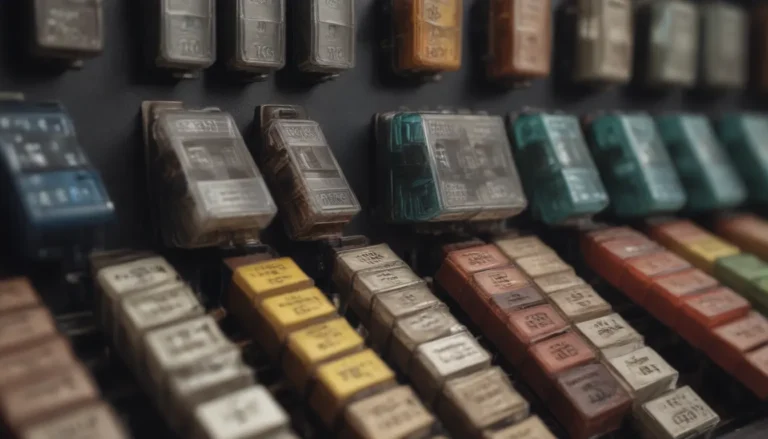How to Easily Locate and Use Your Main Water Shutoff Valve
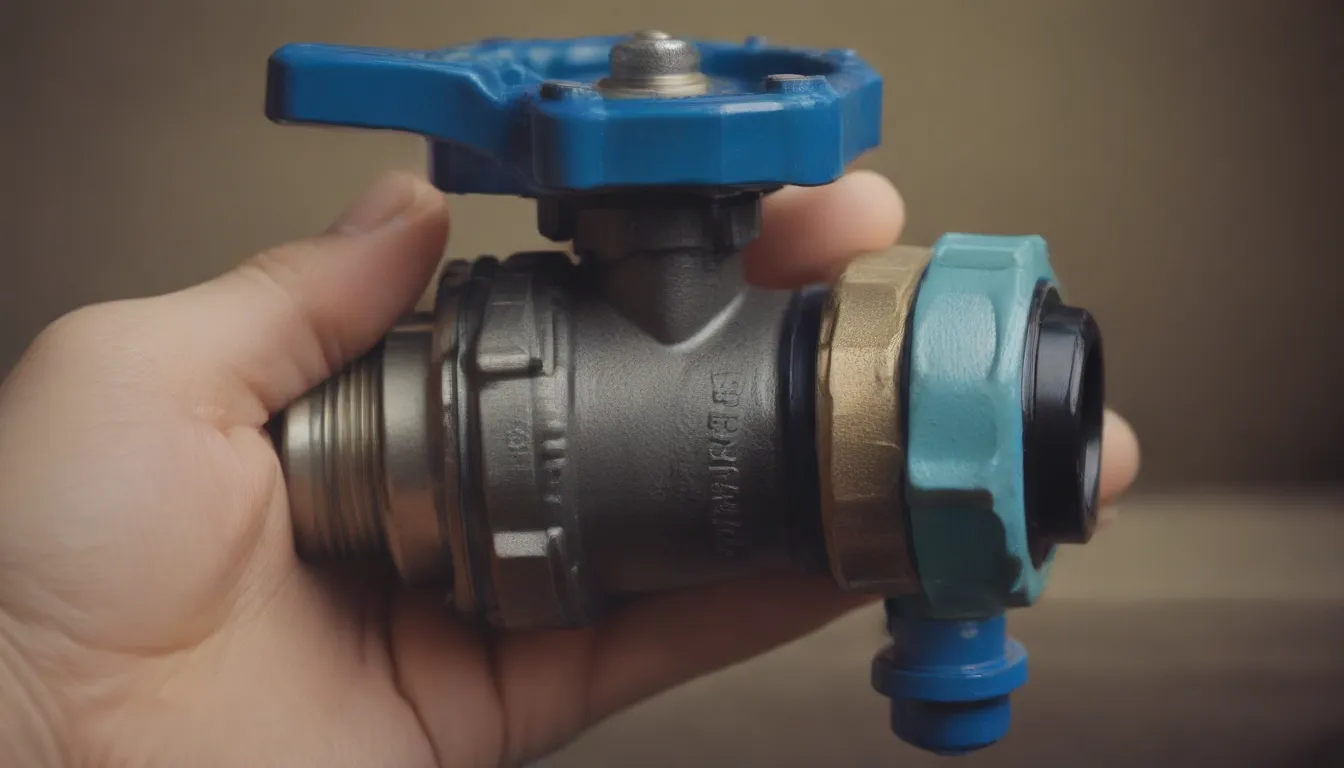
Hey there! Have you ever had a plumbing emergency and found yourself scrambling to locate the main water shutoff valve in your home? Don’t worry, you’re not alone. Knowing where this valve is located and how to operate it is crucial for any homeowner. Join me as we dive into the world of main water shutoff valves and learn everything you need to know to be prepared for any plumbing issue that may arise.
Why You Need to Know
Imagine this: you come home to find a burst pipe flooding your living room. Without knowing where the main water shutoff valve is, you’re left helpless as water wreaks havoc on your home. This is why it’s essential to familiarize yourself with the location and operation of this valve.
Where to Find It
Let’s start by exploring some common locations where the main water shutoff valve may be located in your home:
Basement
If your home has a basement, the main water shutoff valve is likely located there, just a few feet from where the main water line enters the house. Check utility areas like the laundry room or near the water heater.
Crawlspace
For homes with a crawlspace, the main water shutoff valve may be found there. Consider installing a secondary shutoff valve in the main living area for easier access during emergencies.
Mechanical Room
Homes with slab-on-grade construction may have the main water shutoff valve in the mechanical room near the water heater or under the kitchen sink.
Exterior Wall
In warmer climates, the main water shutoff valve may be located outside on an exterior wall near the outdoor faucet.
The Yard
Sometimes, the main water shutoff valve is buried underground in the yard. Look for an access panel near the street, which may house the curb stop valve (operated by trained individuals).
Types of Main Shutoff Valves
Main water shutoff valves typically fall into two categories: gate valves and ball valves. Each operates differently, so let’s take a closer look:
Gate Valves:
– Turn counterclockwise to open and clockwise to close.
– Prone to wear and leaks over time.
Ball Valves:
– Rotate a lever 90 degrees to open or close.
– Considered more reliable than gate valves.
Finding the Main Water Shutoff Valve
Now that you know where to look, let’s explore some methods for locating the main water shutoff valve:
Investigate the Basement or Crawlspace
Check near where the main water line enters the house, typically adjacent to the street side of the property. Look for copper, brass, or galvanized metal pipes.
Follow Visible Water Lines
If the main water line is concealed, check for visible lines near the water heater. Trace the cold water supply line back to find the main water line.
Locate the Water Meter
The water meter is usually installed before the main water line branches off. Check downstream of the meter to find the main water shutoff valve.
Inspect the Exterior of the Home
In warmer climates, the main water shutoff valve may be outside the house. Look for pipes feeding into the ground near the water meter.
Check the Yard
Some homes have the main water shutoff valve buried in the yard. Look for a panel that can be lifted to access the valve.
Review the Property Inspection Report
If all else fails, refer to the property inspection report for information on the main water shutoff valve’s location.
What to Do If You Can’t Find It
In rare cases, you may not locate the main water shutoff valve. Here’s what you can do:
- Contact the local water department for assistance.
- Hire a plumbing company for water line detection services.
- Consider installing a new main water shutoff valve.
Remember, if the main water shutoff valve is leaking, you can attempt a temporary fix with channel lock pliers. Alternatively, contact a plumber for a permanent solution.
By familiarizing yourself with the main water shutoff valve in your home, you can be prepared for any plumbing emergencies that come your way. Stay informed and stay one step ahead of potential disasters. Happy plumbing!
